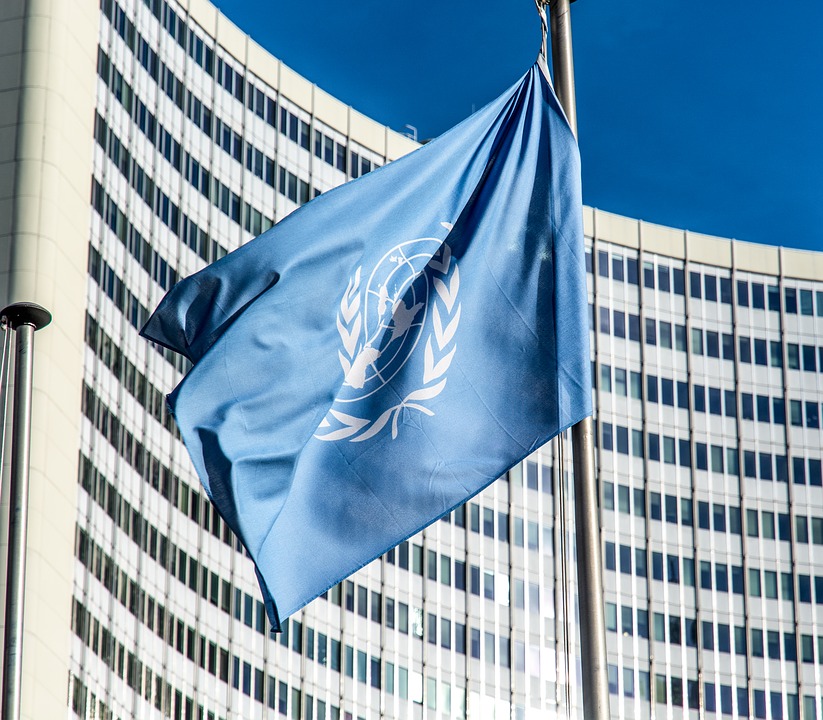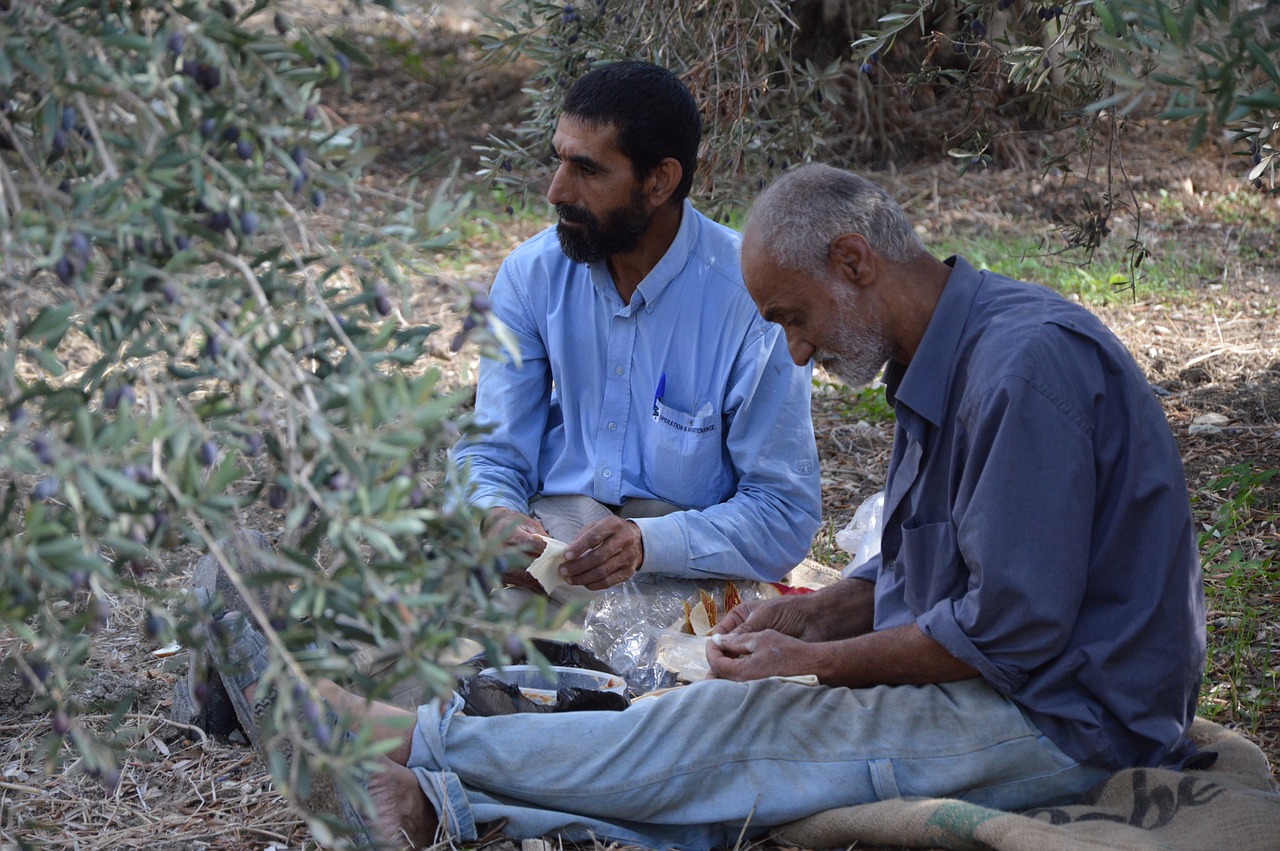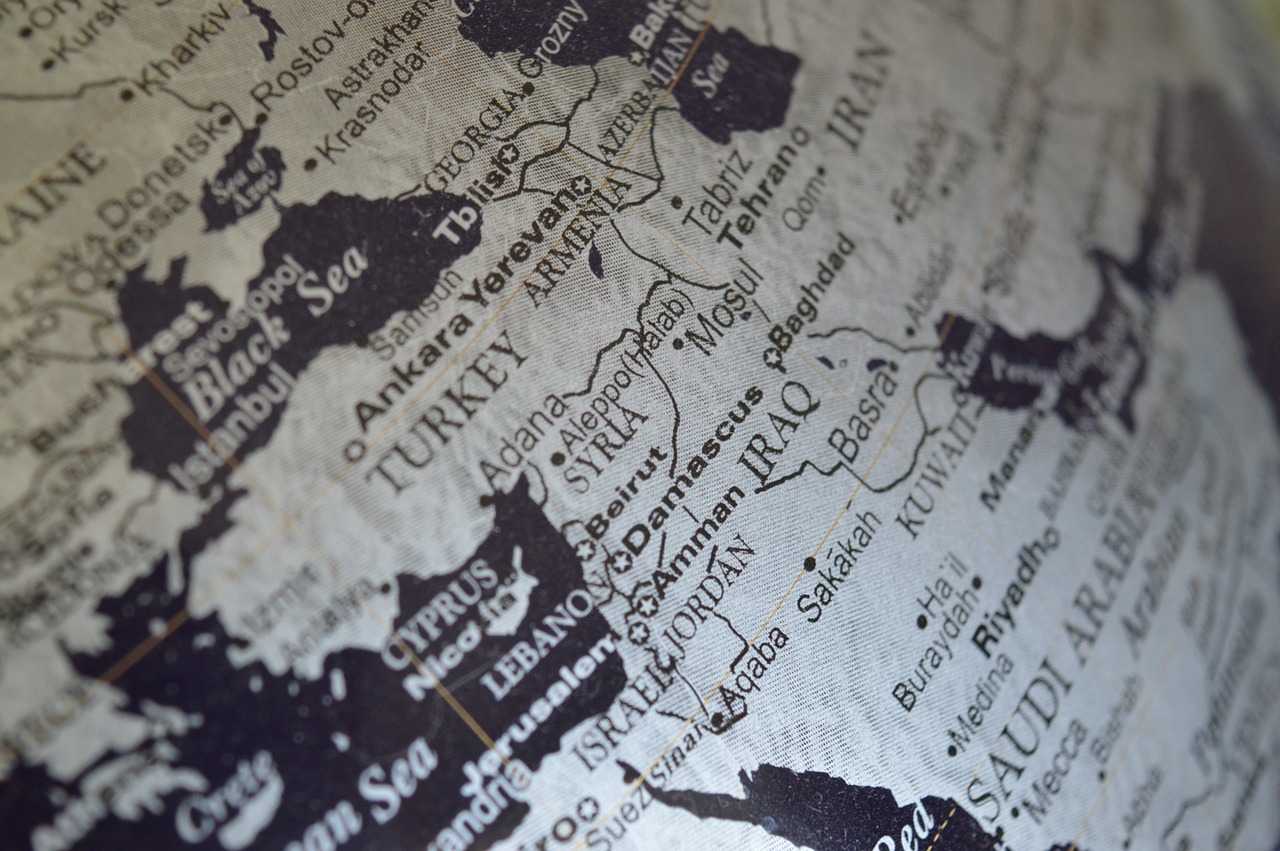United Nations: Rethinking the War on Drugs
In October, a briefing paper that the UN Office of Drugs and Crime (UNODC) HIV division head was to present at an international conference was released. The briefing paper garnered attention because it advocates decriminalization of drug use and possession for personal consumption. Other UN branches, such as the WHO and UNAIDS, have expressed support for decriminalization in the past. However, this paper came as a surprise because the UNDOC, which leads the fight against illicit drugs and international crime, has been known as the more conservative branch of the UN.
The briefing paper states that harsh drug penalties marginalize people who use drugs for personal consumption, perpetuating poverty and the HIV epidemic. It further points out that international drug control conventions allow “alternatives to conviction or punishment” for drug offenses of a “minor nature.”
In response to media coverage of the briefing paper, a spokesperson for the UNODC clarified that the paper does not reflect the office’s formal policy. However, the spokesperson added that the UNODC is “committed to the balanced approach that . . . promotes alternatives to incarceration in line with international human rights standards.” In June, the UN’s Secretary-General Ban Ki-moon also commented, “We must consider alternatives to criminalization and incarceration of people who use drugs . . . [and] should increase the focus on public health, prevention, treatment and care.”
Several countries provide evidence that decriminalization of minor drug offenses and personal drug consumption can subdue the spread of HIV. Portugal, Iran, and Germany have seen significantly less drug use-related HIV infections after adopting lenient drug laws for minor offenses.
Although the current official policy of the UNODC is to support the strict war on drugs, the UN may be leaning towards a more lenient drug policy in light of its effectiveness in fighting the battle against HIV.






